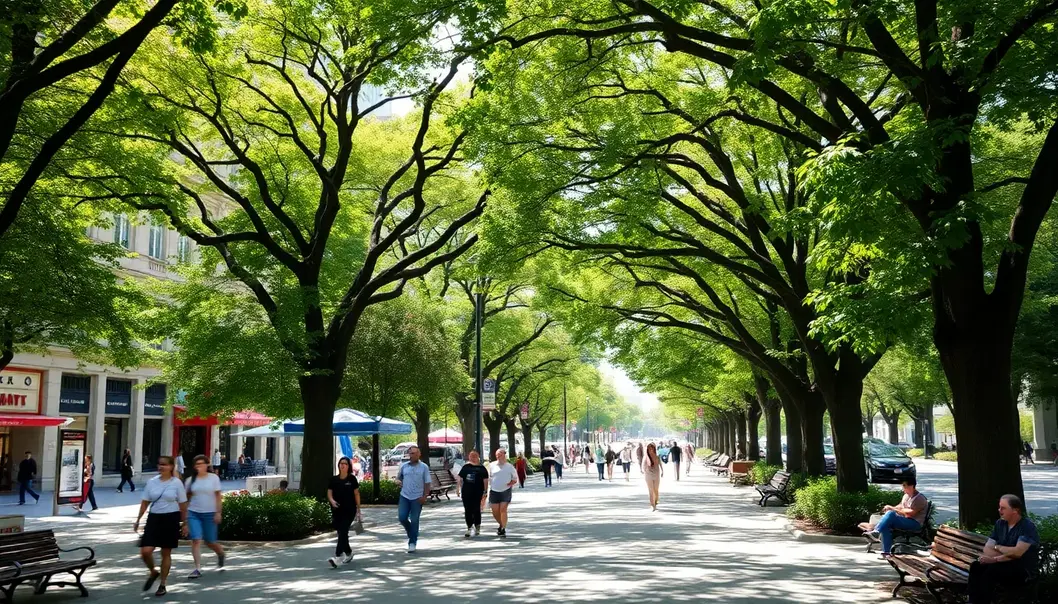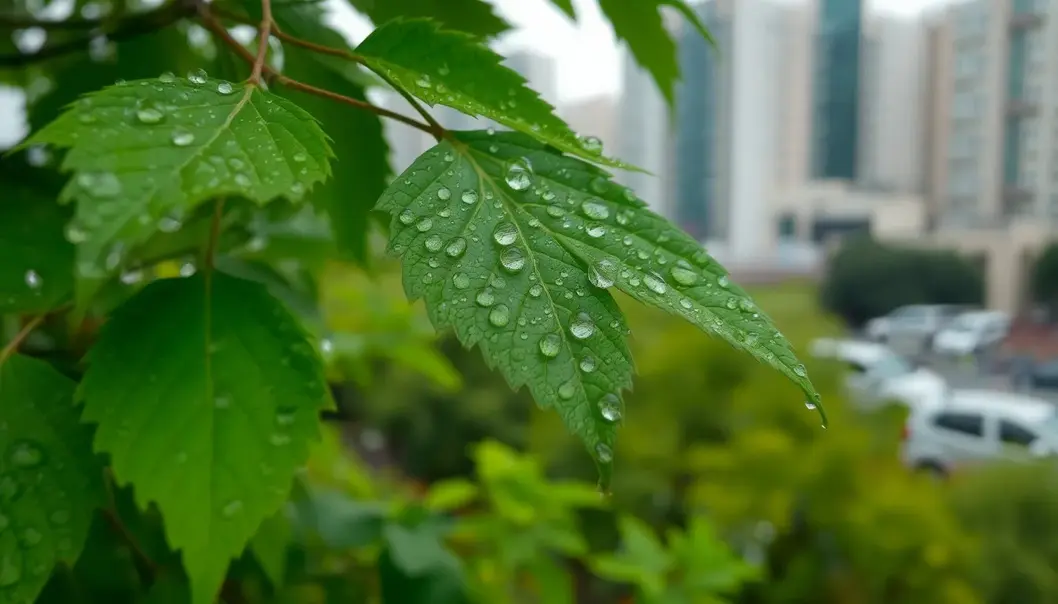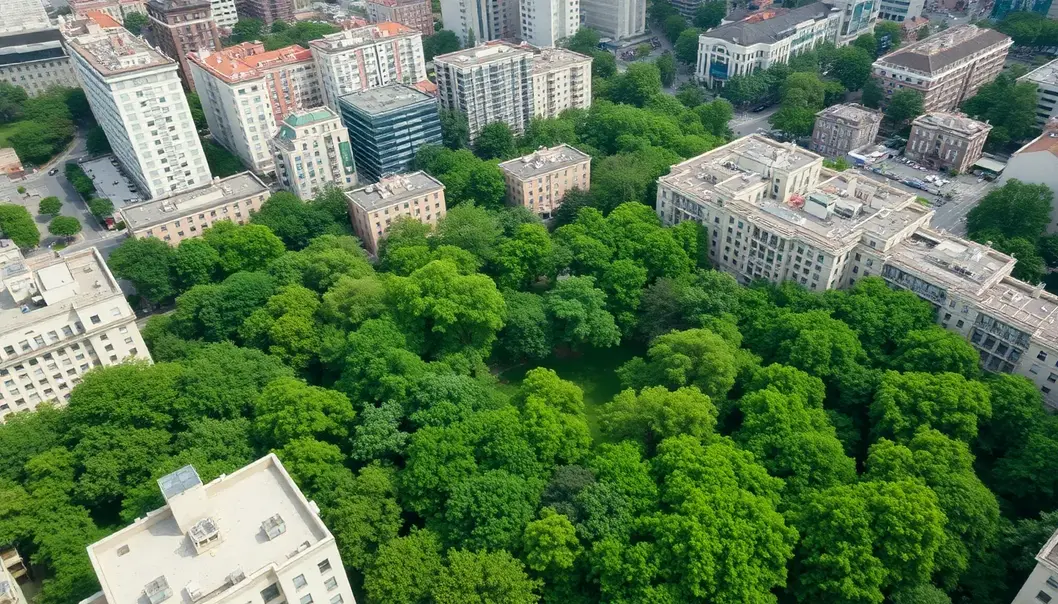When you think about beating the urban heat, trees might not be the first thing that comes to mind. Yet, these silent heroes play a crucial role in cooling our cities down. As climate change raises temperatures and urban areas expand, the cooling effect of trees is more important than ever. By absorbing sunlight, providing shade, and releasing moisture into the air, trees significantly reduce heat in city environments. Let’s dive into how exactly they do this and why their presence is vital for creating comfortable urban habitats.
The Shade Factor: Cooling Down Hotspots

Urban environments are often characterized by vast stretches of concrete, asphalt, and steel. These materials absorb and retain heat, contributing to the urban heat island effect. Trees, with their leafy canopies, provide a natural solution by casting shade over these surfaces and significantly lowering temperatures. This shading is crucial for mitigating hotspots in cities, transforming them into cooler and more comfortable spaces for inhabitants.
The science behind this cooling effect is fairly straightforward. Leaves intercept sunlight, preventing it from reaching ground surfaces where it converts to heat. This makes a noticeable difference in temperature; studies have demonstrated that shaded areas, in urban settings, can be 20 to 45 degrees Fahrenheit cooler than those exposed to direct sunlight. Such temperature differentials are critical in reducing the overall energy demand on artificial cooling systems like air conditioners, which in turn decreases electricity consumption and cuts greenhouse gas emissions.
For city dwellers, the presence of shaded areas can mean the difference between discomfort and relief during sweltering summer days. Parks and tree-lined streets are not just aesthetic additions but essential components of urban planning that enhance livability. They offer cooling retreats where people can gather for social activities or simply relax, decreasing heat-related health risks.
By providing these oases of calm, trees not only enhance the physical environments of cities but also contribute significantly to the well-being of their inhabitants. The psychological benefits of cooler temperatures and green spaces offer an additional layer of desirability to urban areas, encouraging outdoor activities and fostering community interactions. As cities continue to grow and expand, understanding and leveraging the shade factor of trees become increasingly vital for sustainable development.
The Power of Transpiration: Nature’s Mist

The process of transpiration reveals an elegant mechanism trees use to moderate temperatures. Transpiration begins as roots absorb water from the soil, which travels through the trunk and into the leaves. Here, minute openings known as stomata release water vapor into the atmosphere. This release of moisture not only cools the leaves themselves but also creates a cooling effect in the surrounding air, much like how our skin cools when sweat evaporates.
Through the continuous cycle of transpiration, trees can dramatically alter microclimates within urban environments. Studies suggest that the surface temperature beneath tree canopies can be 2 to 9 degrees Fahrenheit cooler compared to surrounding areas exposed to direct sunlight. Therefore, the strategic placement of trees in urban areas can help reduce the urban heat island effect, a phenomenon where city regions experience significantly higher temperatures than their rural surroundings due to human activity and infrastructure.
Moreover, transpiration increases humidity, which has several ancillary benefits for urban dwellers. Higher humidity levels can lead to improved air quality by trapping particulates and pollutants, thus making the air cleaner and healthier. This is particularly beneficial during hot, dry spells when air quality tends to decline. It also promotes a more comfortable thermal environment, as the elevated moisture content makes it easier for the human body to regulate its internal temperature.
The implications for urban planning are staggering. By integrating trees effectively within city landscapes, planners can harness the benefits of transpiration to create urban spaces that are not only cooler but also more hospitable. Incorporating green infrastructure, such as green roofs and urban forests, could optimize land use and enhance local ecosystems. Moreover, this natural solution provides an aesthetic uplift, offering residents a much-needed retreat from the humdrum of city life.
As cities continue to grapple with rising temperatures and expanding populations, the humble tree emerges as a pivotal player. By understanding and leveraging the power of transpiration, urban planners can create spaces that foster sustainability and enhance quality of life, positioning trees as indispensable elements in the future of urban design.
Final words
Trees are not just aesthetically pleasing additions to our cities—they’re critical in reducing urban heat. Their ability to provide shade and release moisture makes them nature’s most effective way to turn harsh urban climates into comfortable living spaces. As our cities grow, the integration of trees in urban planning isn’t just beneficial; it’s essential. By valuing and investing more in these green giants, we can ensure our urban areas remain pleasant havens amidst rising global temperatures.
Ready to make a difference in your city? Join our community initiative to plant more trees and create cooler urban spaces today!
Learn more: http://example.com/join-tree-initiative
About us
Green Futures provides community-driven solutions for integrating more green spaces in urban planning. We offer consultation services, tree-planting initiatives, and educational workshops to help cities transform into cooler, more sustainable environments.



